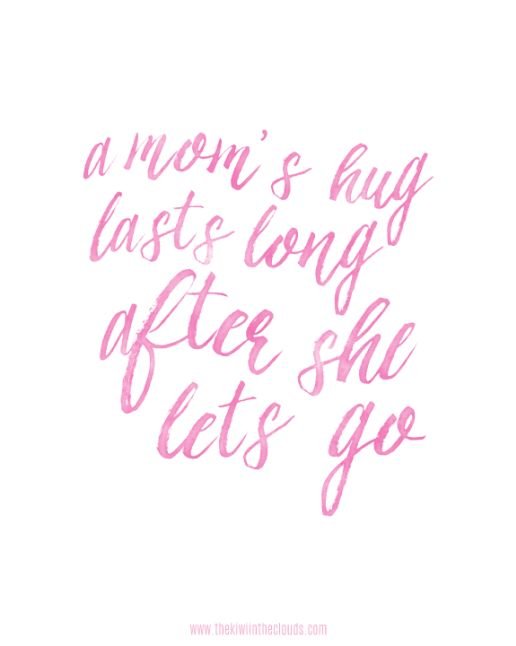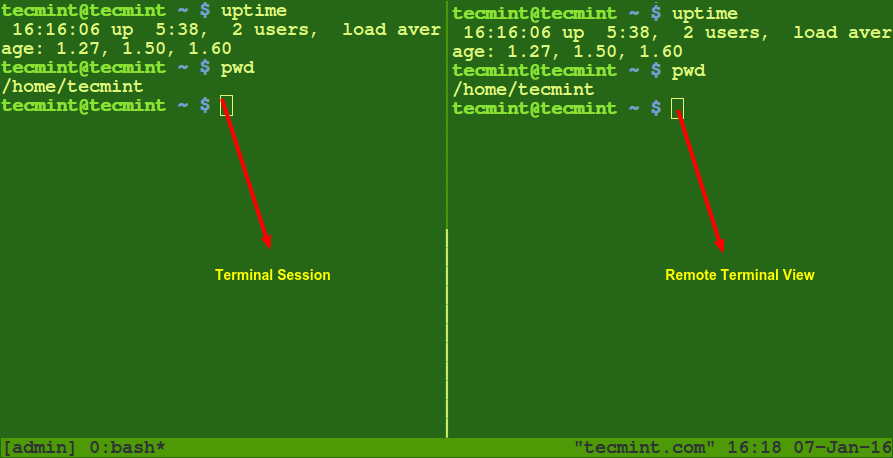The Linux softwareRAID solution allows us to resize (increase or decrease) the RAID partition size. Following steps explain how to increase the size of existing software RAID. RAID 5 stands for ( Redundant Array of Independent Disks ). Redundancy means if something fails there is a backup available to replace the failed one. Beispiel: Linux Software RAID mit zwei RAID 1 Devices (eines fr das Root Dateisystem, ein weiteres fr swap. The RAID device is required for B2B and optional for quota enforcement and other features. When the platform is Linux, the DataPowerRaidDevice directive in the datapower. conf file controls how the DataPower Gateway emulates the RAID device. Information on Linux support for Intel RAID controller hubs. Linux would then run on a 2disk RAID 1 array probably. Utilizing partitions on the big RAID 10 wouldn't really be smart. I would create a second 10GB raid 1 or perhaps a 20GB raid 0 for some data allowance. Example: A Linux software RAID array with two RAID 1 devices (one for the root file system, the other for swapping. Retour l'accueil LE RAID SOUS GNULINUX. Ce document explique comment mettre en place plusieurs types diffrents de RAID logiciel sur une plateforme Linux. Chapter 15: Redundant Array of Independent Disks (RAID) of Red Hat Enterprise Linux 6 Documentation LinuxRAID FAQ on the Linux Documentation Project Dell. com Raid Tutorial Interactive Walkthrough of Raid This is the RAID layer that is the standard in Linux2. 4, and it is the version that is also used by Linux2. 2 kernels shipped from some vendors. 90 RAID support is available as patches to Linux2. 2, and is by many considered far more stable that the older RAID support already in. SoftwareRAID: Where the RAID is created by software. HardwareRAID: A special controller used to build RAID. Hardware RAID is generally faster, and does not place load on the CPU, and hardware RAID can be used with any OS This article describes step by step setup of Linux software RAID 1 on Linux Platform. Although this software RAID 1 configuration has been accomplished on Debian ( Ubuntu ) it also can guide you if you are running some other Linux distributions such as RedHat, Fedora, Suse, PCLinux0S etc. The RAID software included with current versions of Linux (and Ubuntu) is based on the 'mdadm' driver and works very well, better even than many socalled 'hardware' RAID controllers. This section will guide you through installing Ubuntu Server Edition using two RAID1 partitions on two physical hard drives, one for and another for swap. This tutorial explains how to view, list, create, add, remove, delete, resize, format, mount and configure RAID Levels (0, 1 and 5) in Linux step by step with practical examples. Learn basic concepts of software RAID (Chunk, Mirroring, Striping and Parity) and essential RAID. This might seem like a stupid question, but the last rig I put together was an 800 MHz single core computer. I decided to put together a fileserver based on the Asus p8z77I deluxe motherboard. How to configure software raid0 in linux. Step by step guide for configuring raid with the help of mdadm command and monitoring the status of a software raid array in linux Introduction. The main goals of using redundant arrays of inexpensive disks (RAID) are to improve disk data performance and provide data redundancy. This site is the Linuxraid kernel list communitymanaged reference for Linux software RAID as implemented in recent version 4 kernels and earlier. CentOS mdadm RAID (Linux Software RAID) RAID RAID. Installing Ubuntu Server with Intel Matrix RAID arrays OS and Applications Dell OS and Applications Solutions on Dell TechCenter Project Sputnik, Microsoft. With Amazon EBS, you can use any of the standard RAID configurations that you can use with a traditional bare metal server, as long as that particular RAID configuration is supported by the operating system for your instance. This is the Part 1 of a 9tutorial series, here we will cover the introduction of RAID, Concepts of RAID and RAID Levels that are required for the setting up RAID in Linux. Software RAID and Hardware RAID The example below shows how to create a software RAID1 array on Debian systems. Disk partitions devhda1 and devhdc1 will be used as the members of the RAID array md0, which will be mounted on the home partition. Install the mdadm package To create a Software RAID in Linux, we use mdadm, which is an application unique to Linux. It's impossible for Windows to recognize or access a mdadm RAID. For software RAID 5 or Software RAID 1 on Windows, check out our guides. The author is the creator of nixCraft and a seasoned sysadmin, DevOps engineer, and a trainer for the Linux operating systemUnix shell scripting. Get the latest tutorials on SysAdmin, LinuxUnix and open source topics via RSSXML feed or weekly email newsletter. Linux command line utility that can be used to query the controller and attached devices for status, update firmware, and createmanage logical drive configuration. Also see the RAID CMDTool2 for UEFI How to get the details of RAID configuration in linux. Tapez 'fd' (Valeur hexadcimale correspondant Linux Raid Autodetect) puis Entre afin de valider. Enfin, validez les modifications en tapant w: Vous venez de. Cables for RAID Controller Cards and HBAs Ensure smooth RAID controller card and HBA installations with vendortested cabling Cache Protection for RAID Controller Cards Redundant Array of Independent Disks is a storage technology that combines multiple disk drive components (typically disk drives or partitions thereof) into a logical unit. Depending on the RAID implementation, this logical unit can be a file system or an additional transparent layer that can hold several partitions. Introduction au RAID sous Linux Le RAID, Redundant Arrays of Inexpensive Disks est une technologie permettant lusage de plusieurs disques simultanment. Il peut optimiser les performances, grer la tolrance de panne ou les deux la fois. This software RAID solution has been used primarily on mobile, desktop, and workstation platforms and, to a limited extent, on server platforms. Native die unter Linux untersttzt werden (z. ), sind aber fr den Heimgebrauch oft zu teuer. Diese braucht man aber nicht zwingend, wenn man unter Linux ein SoftwareRAID verwendet. Configure Software RAID on Linux. ; 5 minutes to read Contributors. It's a common scenario to use software RAID on Linux virtual machines in Azure to present multiple attached data disks as a single RAID device. This is what you need for any of the RAID levels: A kernel with the appropriate md support either as modules or builtin. Preferably a kernel from the 4. Although most of this should work fine with later 3. This article is Part 2 of a 9tutorial RAID series, here in this part, we are going to see how we can create and setup Software RAID0 striping in Linux using two 20GB disks. Menu Software RAID on Debian Linux 14 January 2010 on Hardware, filesystem, mdadm, monitoring, RAID, Linux. Today i will share some thought on software RAID under linux with you. Sometimes you need to store data relative save and high available. RAID (Redundant Array of Independent Disks, Linux MD RAID 10 provides a general RAID driver that in its near layout defaults to a standard RAID 1 with two drives, and a standard RAID 10 with four drives; however, it can include any number of drives, including odd numbers. raiddev devmd0 raidlevel 1 nrraiddisks 2 nrsparedisks 0 persistentsuperblock 1 device devsdb6 raiddisk 0 device devsdc5 raiddisk 1 If you have spare disks, you can add them to the end of the device specification like While a hardware RAID would be set up in the BIOS and automatically used by the Linux kernel, a software RAID will require somewhat more work on Linux. These instructions will suit someone with a home system who would prefer their files be safe or those running small self. FreeNAS is an operating system that can be installed on virtually any hardware platform to share data over a network. FreeNAS is the simplest way to create a centralized and easily accessible place for your data. RAID controller, and volume manager with unprecedented flexibility and an uncompromising commitment to data integrity. For software RAID I used the Linux kernel software RAID functionality of a system running 64bit Fedora 9. The test machine was an AMD X2 running at 2. I want to check if my server has RAID configured both soft and hard. I tried some commands on my server (Suse Enterprise Edition 11): ms: # cat procmdstat Personalities: unused devices: l Contains the Intel Embedded Server RAID Technology Driver (LSI Oprom) for Red Hat Linux and SuSE Linux Extensive, stepbystep tutorial on how to configure Redundant Array of Inexpensive Disks (RAID) in Linux, including striping and mirroring, and how to install. mdadm is a Linux utility used to manage and monitor software RAID devices. It is used in modern GNULinux distributions in place of older software RAID utilities such as raidtools2 or raidtools. Apply software RAID partitions to the physical hard drives. To add a boot partition (boot) to a RAID partition, ensure it is on a RAID1 partiton. refer to the appendix section of the Red Hat Enterprise Linux Installation Guide. In this article we are going to discuss on How to configure software RAID 1 (Disk Mirroring) using mdadm in Linux. Previously one of my article I have alrea Managing RAID and LVM with Linux (v0. 5) Last modified: Friday November 9, 2012 I hope to turn this into a general easy to follow guide to setting up RAID5 and LVM on a modern Linux system..











